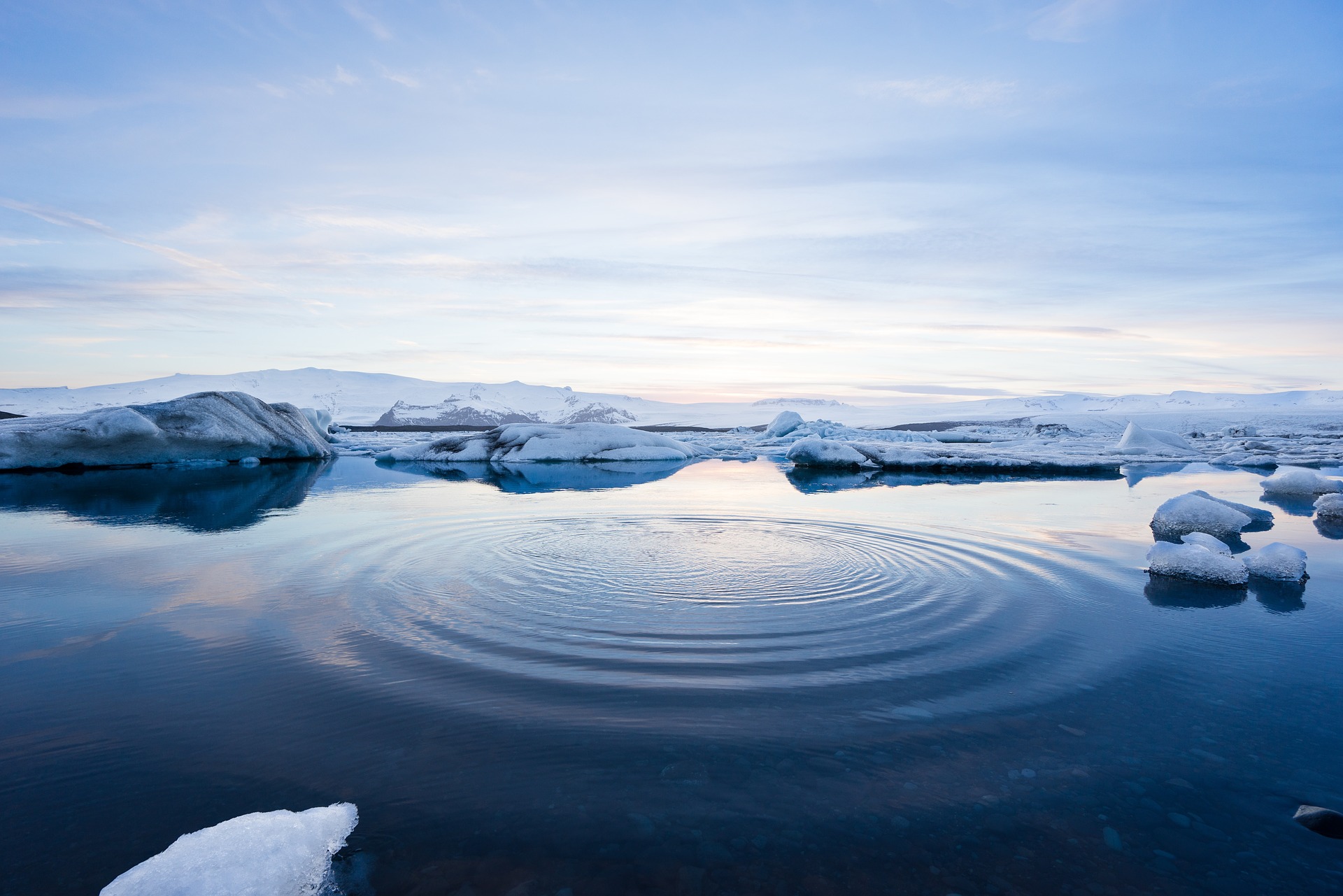The National Oceanic and Atmospheric Association’s 2018 Arctic Report Card shows that the Arctic experienced the second-warmest air temperatures ever recorded; the second-lowest overall sea-ice coverage; the lowest recorded winter ice in the Bering Sea; and earlier plankton blooms due to early melting of sea ice in the Bering Sea. Our reports explore the environmental impacts of changes in the Arctic on the rest of the world and set an agenda for further research to develop a better understand of the vulnerabilities and opportunities of this unique region. All are free to download.
The Arctic in the Anthropocene: Emerging Research Questions
Once ice-bound, difficult to access, and largely ignored by the rest of the world, the Arctic is now front and center in the midst of many important questions facing the world today. Our daily weather, what we eat, and coastal flooding are all …
Arctic Matters: The Global Connection to Changes in the Arctic
Viewed in satellite images as a jagged white coat draped over the top of the globe, the high Arctic appears distant and isolated. But even if you don’t live there, don’t do business there, and will never travel there, you are closer to the Arctic …
Linkages Between Arctic Warming and Mid-Latitude Weather Patterns: Summary of a Workshop
The Arctic has been undergoing significant changes in recent years. Average temperatures are rising twice as fast as they are elsewhere in the world. The extent and thickness of sea ice is rapidly declining. Such changes may have an impact on …
Responding to Oil Spills in the U.S. Arctic Marine Environment
U.S. Arctic waters north of the Bering Strait and west of the Canadian border encompass a vast area that is usually ice covered for much of the year, but is increasingly experiencing longer periods and larger areas of open water due to climate …
Seasonal to Decadal Predictions of Arctic Sea Ice: Challenges and Strategies
Recent well documented reductions in the thickness and extent of Arctic sea ice cover, which can be linked to the warming climate, are affecting the global climate system and are also affecting the global economic system as marine access to the …
Permafrost is a thermal condition — its formation, persistence and disappearance are highly dependent on climate. General circulation models predict that, for a doubling of atmospheric concentrations of carbon dioxide, mean annual air …
Acquisition and Operation of Polar Icebreakers: Fulfilling the Nation’s Needs
On July 11, 2017, the National Academies of Sciences, Engineering, and Medicine Committee on Polar Icebreaker Cost Assessment released a letter report that advises the U.S. Congress on strategies to minimize life-cycle costs of polar icebreaker …







